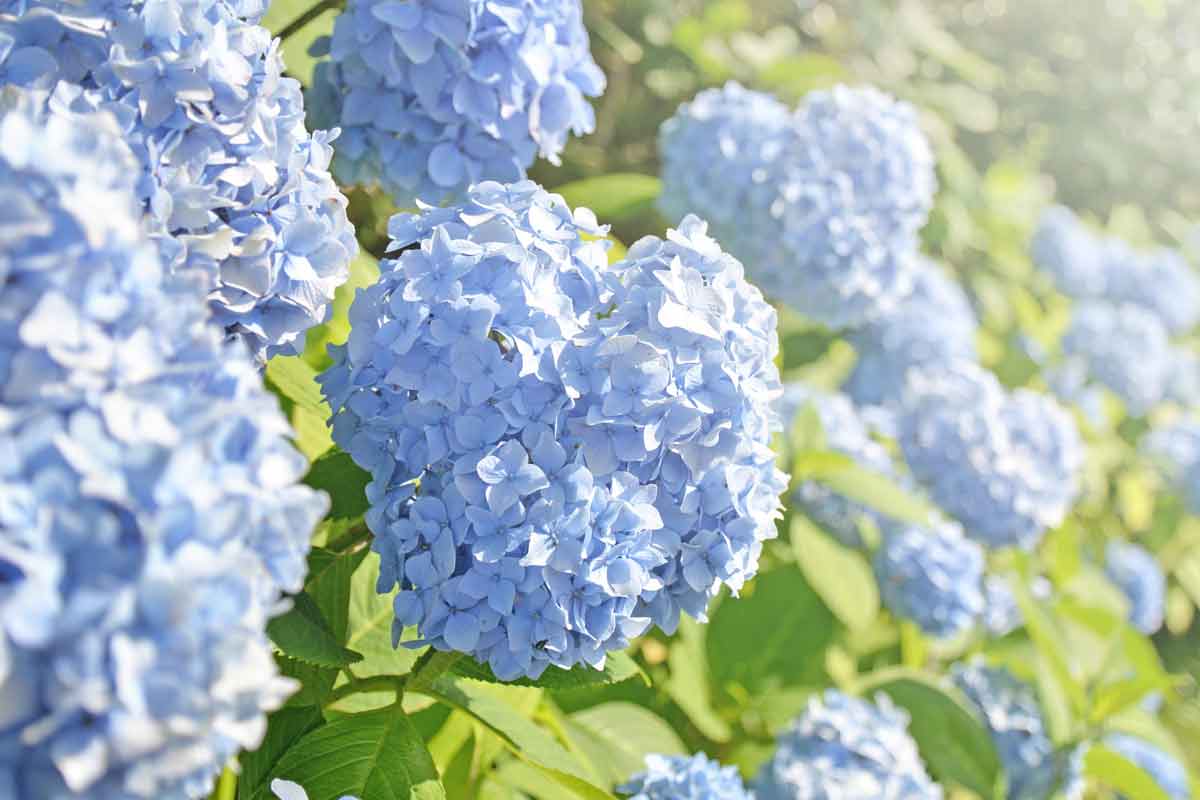Hydrangeas once ruled summer yards, but the story is changing faster than we expected. Gardeners feel it in their bones, not just their hoses. Heat lingers, nights stay warm, and the breeze dries out everything. What once thrived with gentle care now asks for heroics we didn’t sign up for.
When weather rewrites the garden rules
We used to count on mild springs and soft, humid mornings. Those days visit less often now. Longer dry spells bite hard, and hot winds steal moisture before it settles. Shade helps a little, then quits halfway through July. The result isn’t subtle. Leaves crisp at the edges, flower heads stall, and shrubs sulk. Hydrangeas love balance and steady moisture. They don’t love wild swings or furnace afternoons. In many regions, the climate writes the schedule, not the gardener. I hear the same story from coast to coast. A nursery owner told me about a brutal heat wave. Daily watering. Careful mulching. Still, rows went brown. The math didn’t work. Hydrangeas can muddle through in lucky pockets, sure. But the larger pattern feels plain, and it isn’t kind. We can mourn a bit and still adapt. That’s part of being a thoughtful gardener.
Why extra water backfires
The first impulse is to reach for the hose. We want to fix things with effort. More water should help, right? Not in this case. Warm nights and wet roots are a lousy pair. Fungal issues wake up, then throw a party. Stems droop even after a soak. Leaves spot and fall. Hydrangeas aren’t thirst machines; they’re rhythm lovers. They need air in the soil as much as moisture. Heavy, frequent watering smothers that breath. Mulch helps by keeping soil cool and even. So does morning irrigation, not late-night splashing. Focus on fewer, deeper drinks, spaced well apart. Let the top inch dry between sessions. Your plants will tell you when you’re close. If saving this shrub feels like wrestling the weather, consider a shift. Water-wise plants offer color without the constant drama. They keep their cool when the forecast doesn’t. Your weekend will thank you.
Spot the struggle early
Catching stress early buys time. A quick walk with a mug of coffee helps more than you think. Scan leaves. Check stems. Push a finger into the soil. You’ll spot the red flags fast when you know them. With hydrangeas, the clues jump out:
- Leaves curling, edges dry like old paper.
- Blooms dulling too soon, color fading before it peaks.
- Stems collapsing even after a good watering.
Don’t beat yourself up or blame last spring’s pruning. The bigger culprit is the air itself. Hotter days and low humidity squeeze these shrubs. Even shade beds struggle when the heat sits in place. If you keep losing the same battle, change the field. Swap the thirstiest spots first. Use compost to build spongey soil that drains well. Trim dense trees to invite morning light. Add gravel paths to move air around beds. Hydrangeas might rebound in cooler pockets, and that’s a win. If not, release them with grace. Water-wise plants can carry the show without fretting.
Beauty that thrives now
Let’s talk about what shines today. We’re not giving up beauty; we’re redefining it. You can have fragrance, movement, and color that lasts. And you can keep your sanity through August. Start with shapes you love, then fill with resilient stars. Hydrangeas can still anchor a sheltered nook if you’ve got one. For the rest of the yard, lean into plants that meet the weather halfway. Here are smart swaps that keep the garden lively:
- Lavender — fragrant spikes, adored by pollinators, happiest in dry heat.
- Russian sage — airy purple clouds over silvery stems that shrug off scorch.
- Ceanothus — electric blue blossoms on a shrub that holds firm in lean soils.
- Ornamental grasses — texture, sway, winter skeletons that age beautifully.
- Fall-blooming perennials — echinacea and rudbeckia keep color rolling late.
Group by water needs, not just bloom time. Tuck in gravel or crushed shell to warm the soil and shed rain. Mulch with shredded bark to keep roots even. Plant small and let roots explore before the big heat. Water deeply the first season, then step back. Water-wise plants reward that rhythm. They play nice with drip lines and early morning schedules. They also leave room for you to enjoy evenings on the patio. Landscapes evolve, and so do tastes. A garden that listens to the weather feels calm. It looks effortless, even when the sky cooks. Hydrangeas taught us romance. The next act can bring ease.
A kinder way to garden
This is less about rules and more about relief. We’re all tired of dragging hoses across crackling lawns. The win comes from picking plants that love your weather as it is. Ask your site what it wants, not what it used to allow. Notice the heat, the wind, the way water drains after a storm. Then design with those truths in mind. That’s good stewardship, and it looks fantastic. Hydrangeas will always hold a place in garden lore. Some will thrive in pockets with soft air and afternoon shade. Celebrate that luck when you have it. If not, plant for peace. Mix evergreen bones with seasonal color. Layer heights so beds feel generous and deep. Keep paths wide enough for a wheelbarrow and laughter. Choose materials that age well. Water-wise plants tie it together with blooms that don’t quit. They’re the steady friends who show up, even on the hottest day. The garden breathes again. And you do too.
